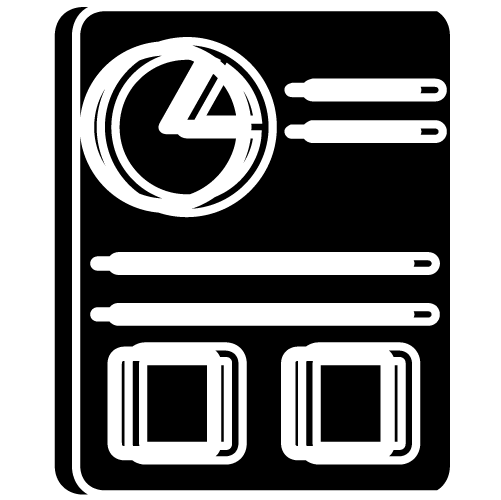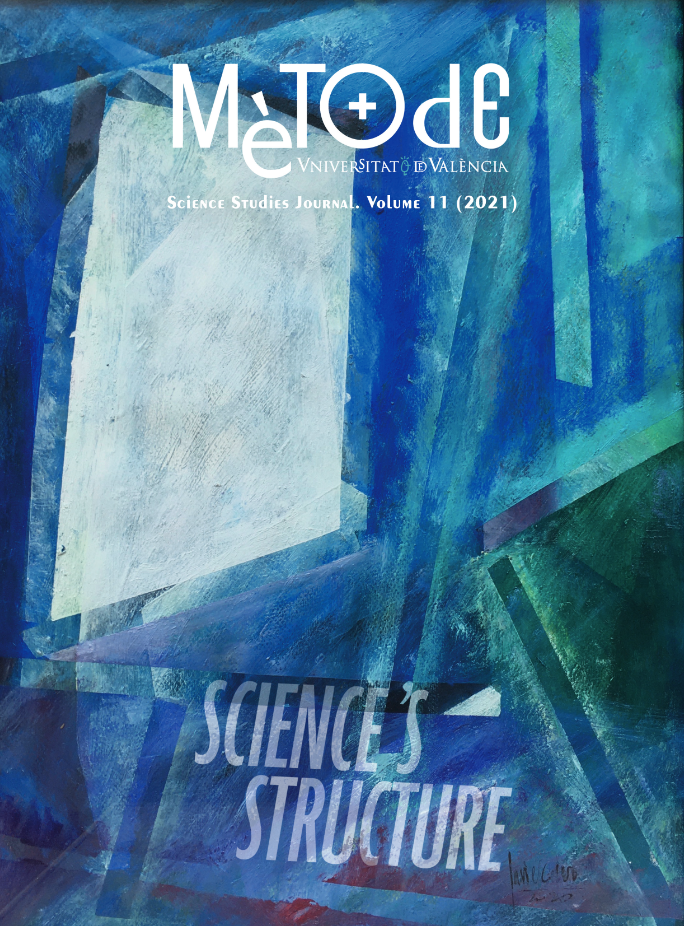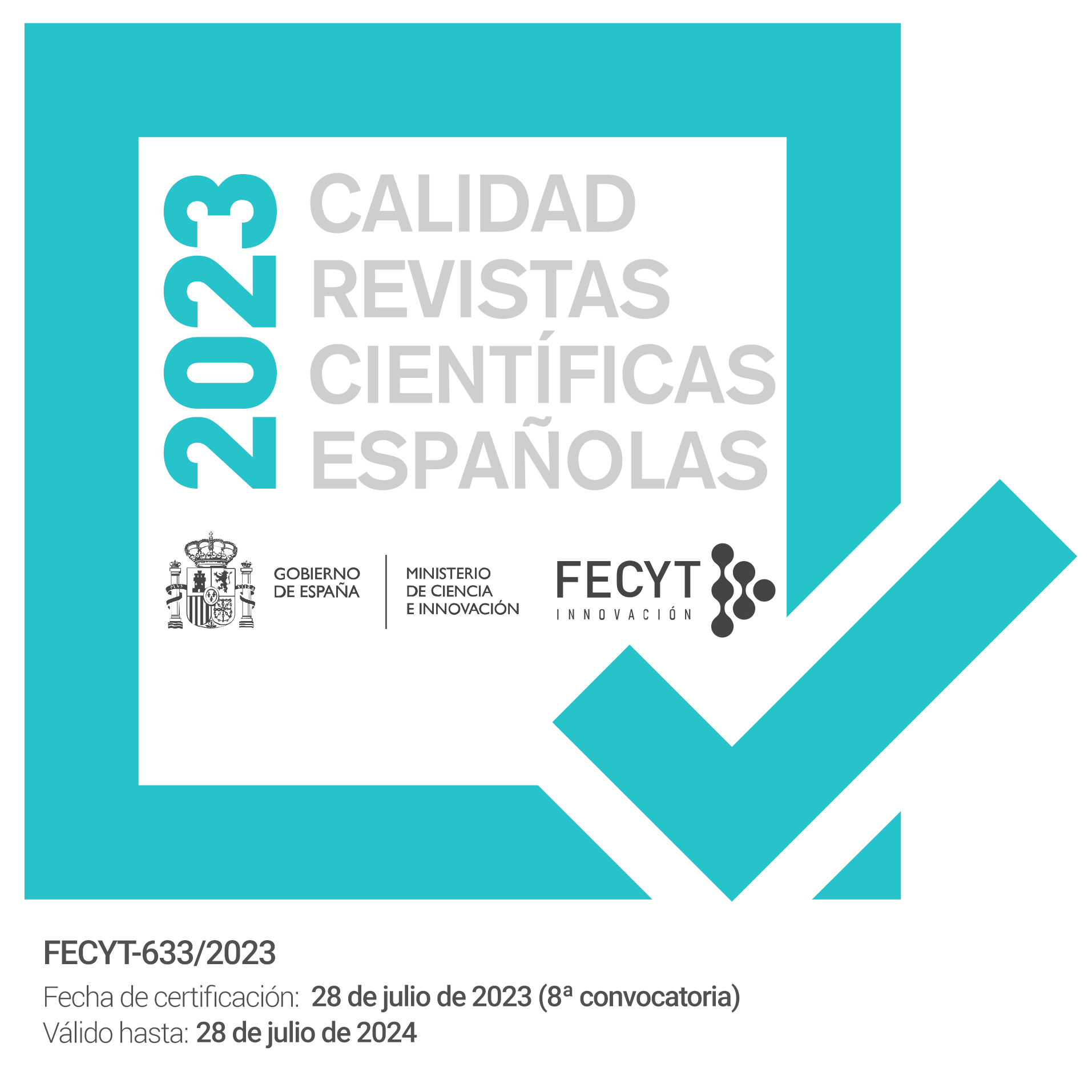Dieta, drogues i cervell: És el menjar ultraprocessat una porta d’entrada a l’addicció?
DOI:
https://doi.org/10.7203/metode.11.16195Paraules clau:
dieta grassa, sucre, plaer, addicció, drogues Resum
Resum
Els aliments alts en greixos i sucres ens resulten abellidors perquè produeixen una estimulació del circuit de recompensa, el mateix que activen les drogues. En un context en què una dieta no saludable i el consum de drogues són habituals des de l’adolescència, és important investigar quines són les seues conseqüències. Aquest article presenta la relació existent entre la ingesta de menjar especialment saborós, el sistema de reforç cerebral i el consum de drogues. Estudis amb models animals han mostrat que la ingesta intermitent de dieta rica en greix durant l’adolescència incrementa el consum de cocaïna i etanol. La investigació recent mostra el paper fonamental de la dieta, tant en l’adquisició com en el tractament de les addiccions.
 Descàrregues
Descàrregues
 Referències
Referències
Avena, N. M., Carrillo, C. A., Needham, L., Leibowitz, S. F., & Hoebel, B. G. (2004). Sugar-dependent rats show enhanced intake of unsweetened ethanol. Alcohol, 34(2), 203–209. https://doi.org/10.1016/j.alcohol.2004.09.006
Berridge, K. C. (2009). «Liking» and «wanting» food rewards: Brain substrates and roles in eating disorders. Physiology & Behavior, 97(5), 537–550. https://doi.org/10.1016/j.physbeh.2009.02.044
Blanco-Gandía, M. C., Aracil-Fernández, A., Montagud-Romero, S., Aguilar, M. A., Manzanares, J., Miñarro, J., & Rodríguez-Arias, M. (2017). Changes in gene expression and sensitivity of cocaine reward produced by a continuous fat diet. Psychopharmacology, 234(15), 2337–2352. https://doi.org/10.1007/s00213-017-4630-9
Blanco-Gandía, M. C., Cantacorps, L., Aracil-Fernández, A., Montagud-Romero, S., Aguilar, M. A., Manzanares, J., Miñarro, J., & Rodríguez-Arias, M. (2017). Effects of bingeing on fat during adolescence on the reinforcing effects of cocaine in adult male mice. Neuropharmacology, 113, 31–44. https://doi.org/10.1016/j.neuropharm.2016.09.020
Blanco-Gandía, M. C., Ledesma, J. C., Aracil-Fernández, A., Navarrete, F., Montagud-Romero, S., Aguilar, M. A., Manzanares, J., Miñarro, J., & Rodríguez-Arias, M. (2017). The rewarding effects of ethanol are modulated by binge eating of a high-fat diet during adolescence. Neuropharmacology, 121, 219–230. https://doi.org/10.1016/j.neuropharm.2017.04.040
Blanco-Gandía, M. C., Miñarro, J., Aguilar, M. A., & Rodríguez-Arias, M. (2018). Increased ethanol consumption after interruption of fat bingeing. PLOS One, 13(3), e0194431. https://doi.org/10.1371/journal.pone.0194431
Bisetto Pons, D., Botella Guijarro, A., & Sancho Muñoz, A. (2012). Eating disorders and drug use in adolescents. Adicciones, 24, 9–16.
Degenhardt, L., Chiu, W. T., Conway, K., Dierker, L., Glantz, M., Kalaydjian, A., & Kessler, R. C. (2009). Does the «gateway» matter? Associations between the order of drug use initiation and the development of drug dependence in the National Comorbidity Study Replication. Psychological Medicine, 39(01), 157–167. https://doi.org/10.1017/S0033291708003425
Fletcher, P. C., & Kenny, P. J. (2018). Food addiction: A valid concept? Neuropsychopharmacology, 43(13), 2506–2513. https://doi.org/10.1038/s41386-018-0203-9
Flores-Fresco, M. J., Blanco-Gandía, M. D. C., & Rodríguez-Arias, M. (2018). Alterations in eating behavior in patients with substance abuse disorders. Clínica y Salud, 29(3), 125–132. https://doi.org/10.5093/clysa2018a18
Gold, M. S. (2011). From bedside to bench and back again: A 30-year saga. Physiology & Behavior, 104(1), 157–161. https://doi.org/10.1016/j.physbeh.2011.04.027
Hoebel, B. G., Avena, N. M., Bocarsly, M. E., & Rada, P. (2009). A behavioral and circuit model based on sugar addiction in rats. Journal of Addiction Medicine, 3(1), 33–41. https://doi.org/10.1097/ADM.0b013e31819aa621
Ifland, J. R., Preuss, H. G., Marcus, M. T., Rourke, K. M., Taylor, W. C., Burau, K., Jacobs, W. S., Kadish, W., & Manso, G. (2009). Refined food addiction: A classic substance use disorder. Medical Hypotheses, 72(5), 518–526. https://doi.org/10.1016/j.mehy.2008.11.035
James, W. P. T. (2008). WHO recognition of the global obesity epidemic. International Journal of Obesity, 32(7), S120–S126. https://doi.org/10.1038/ijo.2008.247
Kelley, A. E., & Berridge, K. C. (2002). The neuroscience of natural rewards: Relevance to addictive drugs. Journal of Neuroscience, 22(9), 3306–3311. https://doi.org/10.1523/JNEUROSCI.22-09-03306.2002
Koob, G. F., & Volkow, N. D. (2010). Neurocircuitry of addiction. Neuropsychopharmacology, 35(1), 217–238. https://doi.org/10.1038/npp.2009.110
Mahler, S. V., Smith, K. S., & Berridge, K. C. (2007). Endocannabinoid hedonic hotspot for sensory pleasure: Anandamide in nucleus accumbens shell enhances «liking» of a sweet reward. Neuropsychopharmacology, 32(11), 2267–2278. https://doi.org/10.1038/sj.npp.1301376
Puhl, M. D., Cason, A. M., Wojnicki, F. H., Corwin, R. L., & Grigson, P. S. (2011). A history of bingeing on fat enhances cocaine seeking and taking. Behavioral neuroscience, 125(6), 930. https://doi.org/10.1037/a0025759
Robinson, T. E., & Berridge, K. C. (2008). The incentive sensitization theory of addiction: Some current issues. Philosophical Transactions of the Royal Society of London B: Biological Sciences, 363(1507), 3137–3146. https://doi.org/10.1098/rstb.2008.0093
Small, D. M., Jones-Gotman, M., & Dagher, A. (2003). Feeding-induced dopamine release in dorsal striatum correlates with meal pleasantness ratings in healthy human volunteers. Neuroimage, 19(4), 1709–1715. https://doi.org/10.1016/s1053-8119(03)00253-2
Swanson, S. A., Crow, S. J., Le Grange, D., Swendsen, J., & Merikangas, K. R. (2011). Prevalence and correlates of eating disorders in adolescents: Results from the national comorbidity survey replication adolescent supplement. Archives of General Psychiatry, 68(7), 714–723. https://doi.org/10.1001/archgenpsychiatry.2011.22
Volkow, N. D., Wang, G. J., Fowler, J. S., & Telang, F. (2008). Overlapping neuronal circuits in addiction and obesity: evidence of systems pathology. Philosophical Transactions of the Royal Society B: Biological Sciences, 363(1507), 3191–3200. https://doi.org/10.1098/rstb.2008.0107
Volkow, N. D., Wang, G. J., Tomasi, D., & Baler, R. D. (2013). Obesity and addiction: Neurobiological overlaps. Obesity Reviews, 14(1), 2–18. https://doi.org/10.1111/j.1467-789X.2012.01031.x
Wellman, P. J., Nation, J. R., Davis, K. W. (2007). Impairment of acquisition of cocaine self-administration in rats maintained on a high-fat diet. Pharmacology Biochemistry and Behavior, 88(1), 89–93. https://doi.org/10.1016/j.pbb.2007.07.008
Descàrregues
Arxius addicionals
Publicades
Com citar
-
Resum2443
-
PDF 695
-
Untitled (Español)7
Número
Secció
Llicència
![]()
Tots els documents inclosos en OJS són d'accés lliure i propietat dels seus autors.
Els autors que publiquen en aquesta revista estan d'acord amb els següents termes:
- Els autors conserven els drets d'autor i garanteixen a la revista el dret a la primera publicació del treball, llicenciat baix una llicència de Reconeixement-NoComercial-SenseObraDerivada 4.0 Internacional de Creative Commons, que permet a altres compartir el treball amb un reconeixement de l'autoria del treball i citant la publicació inicial en aquesta revista.
- Es permet i s'anima els autors a difondre la versió definitiva dels seus treballs electrònicament a través de pàgines personals i institucionals (repositoris institucionals, pàgines web personals o perfils a xarxes professionals o acadèmiques) una vegada publicat el treball.





